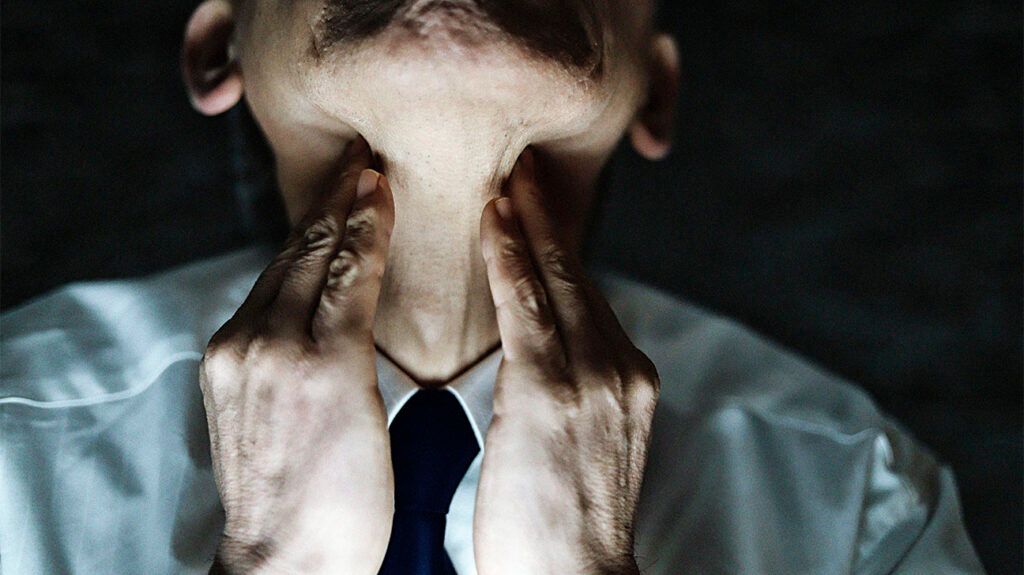Bronchoscopy side effects may include numbness and soreness in the throat, sedation, and low oxygen blood levels. Although bronchoscopy is usually safe, it has a risk of complications, such as bleeding and infections.
Managing the side effects is typically simple and includes measures such as waiting for the numbness to go away before eating and drinking.
Bronchoscopy allows a doctor to view a person’s airways in the lungs through a thin tube. The tube has a light and lens or camera at the end. The doctor inserts the tube through the mouth or nose, and it goes down the throat and trachea (windpipe).
This article examines bronchoscopy side effects, including throat numbness and soreness, sedation, and low oxygen blood levels. It also discusses minimizing side effects, signs that merit a doctor’s attention, and commonly asked questions.

To prepare for bronchoscopy, a health professional will spray a numbing medication into a person’s mouth or nose, and throat. The medication helps them feel more comfortable when the doctor inserts the tube.
The numbness will likely linger
Once the numbness goes away, an individual may experience:
- a sore throat
- hoarseness
- cough
These effects may last for a day or so.
According to anecdotal reports, an individual can treat these side effects similar to how they would treat side effects from a cold. This includes over-the-counter throat lozenges, gargles, and numbing sprays.
During this time, it is best to have foods that are soft and easy to swallow, such as ice cream and yogurt. Avoiding citrus, spicy, or other irritating foods is also beneficial.
Learn more about treating sore throats.
Before the procedure, a healthcare professional may administer a sedative or an anesthetic.
A sedative promotes relaxation, while an anesthetic puts a person in an unconscious state. Afterward, an individual may experience lingering drowsiness from the effects of these medications.
People undergoing the procedure should ask a family member or friend to listen to the doctor’s instructions after the procedure because they may be too drowsy to remember them.
They should also not attempt to drive themselves home and have someone stay with them overnight (if possible). It is best to refrain from driving or consuming alcohol for at least 24 hours.
This is a possibility. If it happens, the care team will administer oxygen through a mask, typically no longer than an hour after the procedure. However, this may differ among people.
If a person has oxygen at home, they may require more than their usual amount until their oxygen level reaches a safe, optimum level.
Minimizing side effects begins with the preparations. The doctor will likely
Other preparations include refraining from eating or drinking after midnight a day before the procedure.
In general, people should plan to take it easy for a couple of days following the procedure. They should follow their doctor’s instructions regarding at-home care during recovery.
A bronchoscopy is usually safe, but a person may experience a small
Below are the risks and the signs of each that merit calling the doctor:
- Bleeding: A small amount in the saliva after the procedure is typical, but bleeding that worsens or does not go away needs a doctor’s attention.
- Pneumothorax: This is a collapsed lung, which can happen when air collects in the space surrounding the lung. Signs that indicate this include shortness of breath and chest pain.
- Chest infection: Signs include fever, sputum that changes color, or feeling more breathless.
- Infection: Some signs of an infection include:
- fever
- chills
- tiredness
- headache
- muscle aches
Below are answers to questions that people commonly ask:
What is the most common complication after bronchoscopy?
Anecdotal reports suggest that fever is a relatively common complication. That said, it does not always indicate that an infection is present.
Do your lungs hurt after a bronchoscopy?
While a sore throat may occur, the scientific literature does not list pain in the lungs as a side effect. The exception is chest pain that stems from the complication of pneumothorax or a collapsed lung.
How long does it take to recover from bronchoscopy?
This may vary from person to person. Some anecdotal reports suggest that it may take a couple of days to recover fully. A person should ask their doctor when to resume their usual activities.
Bronchoscopy side effects may involve numbness and soreness in the throat, drowsiness, and low oxygen blood levels. It is usually safe, but it may cause complications, such as bleeding, pneumothorax, and infections.
To minimize the side effects and complications, a person should follow their doctor’s instructions regarding preparations and recovery. For example, refrain from taking medications that thin the blood for a few days before the procedure.
Also, if a person arranges for a ride home, it can help them stay safe while they continue to experience effects from the sedative or anesthesia.
If an individual develops alarming symptoms following the bronchoscopy — such as shortness of breath or chest pain — they should get immediate medical attention.
